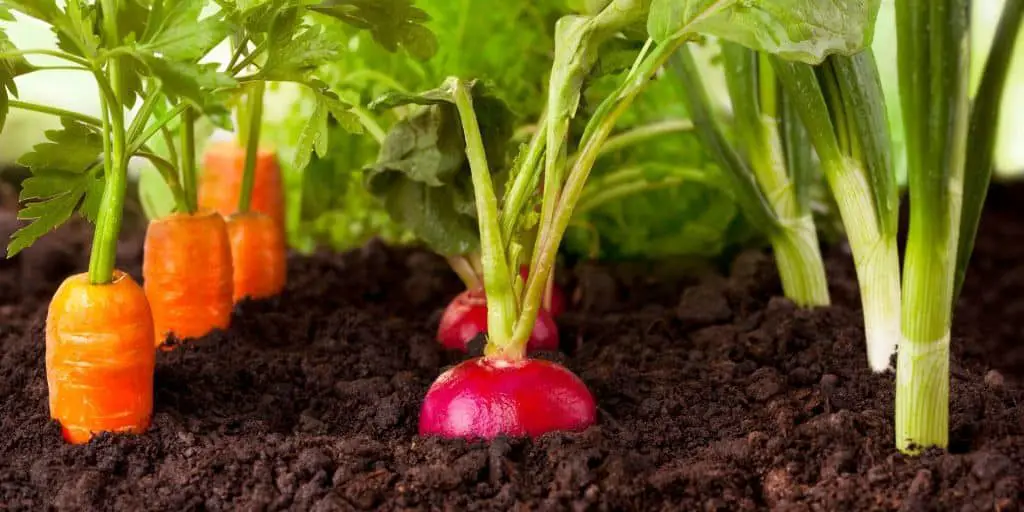
How to Prune Lilacs – Timing is Everything!
Did you know that lilacs flower on old wood? This means that if you prune them too early in the season or too late, you’ll actually prune off all the blooms!
The best time to prune lilacs is immediately after they have flowered and all the blossoms have died back. After this window, the lilac begins forming next year’s buds.
Let’s explore a few lilac pruning tips and best practices to make sure that your lilac bush is as good as it can be.
Use the Right Tools
We like Felco’s F2 bypass pruners for pruning jobs of all kinds. The forged aluminum blade can be sharpened again and again, and they’re durable enough to last forever. And if you do happen to need replacement parts, they’re easy to order from Felco’s website.
Another great tool is a hand saw. This makes it easy to cut out larger branches or even smaller trunks from the base of the lilac bush. Felco makes a great hand saw that cuts easily and folds neatly into its own handle for storage.
It’s also very important to sanitize your tools before you prune and between each plant that you prune. The blades of pruning tools can carry bacteria picked from other plants, and sanitizing tools ensures that none of it is transferred through the next cut you make. Use a household sanitizer such as Lysol, but avoid bleach-based products, as they can corrode metals.
How to Prune a Lilac
Deadhead old blooms
You can deadhead a lilac during the time it is blooming. This keeps the focus on newer, brighter blooms instead of the old faded ones.
Simply cut the stem of the dead flower back to the first or second pair of leaves with your hand pruners.
Remove broken, infected, or dead wood
When a cane or a branch on a lilac is broken, prune it out before it can become a home for insects or bacteria.
And if you see any wood that has holes surrounded by sawdust or active insect activity, this is a sign of insect infestation, so remove the branch or cane before it spreads. If you’re a composter, don’t add infected wood to your compost pile. Instead, you should throw it away to stop the insects from spreading.
It’s easy to identify deadwood in the spring–parts of the bush that have no leaves. Deadwood is unsightly and, as it decays, it can harbor bacteria and fungi that negatively affect the rest of the plant.
Drop the height
Lilacs can grow up to twelve feet tall, but if you don’t want it that tall, you can prune to reduce the height. Use your hand pruners to cut back tall stems to a side branch, or even all the way back to ground.
If the lilac is very healthy, you can remove two to three feet of height without stressing it much. But if your lilac is not as healthy–or if it is a young bush under three years old–it’s better to take out a foot or less.
If you need to remove even more height from the lilac, do it over a period of years. Drop the height gradually so that the lilac is able to process the lost material and close over the cuts without being overwhelmed.
Once you’ve reduced it to the height you want, do some maintenance pruning every year to prune back taller growth.
Thin out the oldest canes
Once your lilac bush is several years old, you can prune out some of the old canes in order to trigger growth from newer, younger canes.
The oldest canes are usually the ones closer to the center of the bush, and removing these also allows more light into the interior of the lilac, which results in healthier leaves and fewer disease problems.
Extremely vigorous lilacs can be thinned each year, while lilacs that have less new growth only need it every second or third year. Never prune out more than one-third of the lilac’s canes at one time.
How to Fertilize a Lilac
Like other flowering shrubs, lilacs produce their best blooms when they get fertilizer that is formulated with high levels of phosphorus and potassium.
We like Down To Earth’s Rose and Flower Food, because it has the boost of macronutrients that lilacs need to set buds and its ingredients are all natural sources of biological origin.
Jobe’s Fertilizer Spikes for Roses are another good option and probably the easiest fertilizer to apply, since you don’t need to measure or pour anything, just plant the stakes in the ground in between the roots of the lilac and an irrigation emitter.
Whichever fertilizer you use, make sure that your lilac is also getting enough water. In climates where rain falls frequently, you may not need to irrigate at all. But in drier climates or places experiencing drought, make sure to water deeply at least once a week for healthier, more vigorous lilac flowers.





